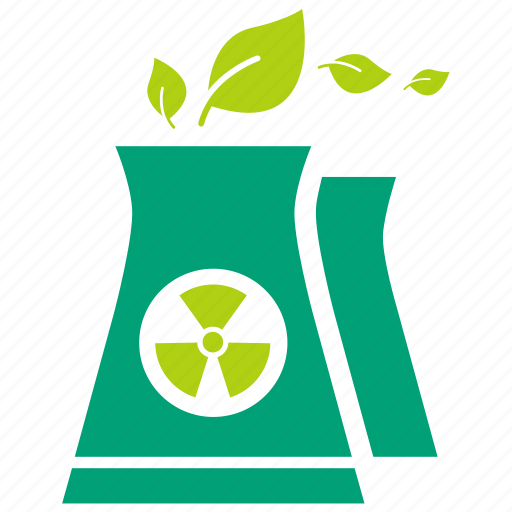Last plants due to stop generating electricity in 2028.
The defuelling of the first reactor at the Hunterston B nuclear power station in Scotland has been completed with work due to start shortly on the station’s second reactor.
Owner and operator EDF Energy said Hunterston B1, a 490-MW AGR, was defuelled “on time and on budget” in 16 months, marking a milestone in the first phase of decommissioning the UK’s fleet of 14 advanced gas-cooled reactor (AGR) nuclear power plants at seven sites.
Hunterston B1 was shut down permanently in November 2021 and Hunterston B2 in January 2022.
The aim is to have Hunterston B2 defuelled and all spent fuel sent to Sellafield for interim storage by mid-2025, followed by the transfer of site ownership to the Nuclear Decommissioning Authority (NDA) in 2026.
The NDA’s subsidiary, Magnox, is accountable for the long-term decommissioning of the AGRs.
The last AGR plants are forecast to stop generating in 2028, though EDF will continue to review lifetimes to ensure the four that remain in operation can continue to operate for as long as it is safe and commercially viable to do so.
The AGRs are at Dungeness B (2 AGRs), Hartlepool A (2), Heysham A (2), Heysham B (2), Hinkley Point B (2) Hunterston B (2) and Torness (2).
The only operational plants are those at Hartlepool A, Heysham A, Heysham B and Torness.
EDF Energy said that over the last 50 years, the AGR power stations have generated more than 1,800 TWh of electricity, enough to power every UK home for more than 16 years.
EDF took responsibility for managing the UK’s AGR fleet in 2009 and signed a contract with the government in June 2021 to defuel all 14 reactors and Sizewell B, the UK’s only pressurised water reactor.
Sizewell B is due to generate until 2035 with work underway to achieve a 20-year life extension.


